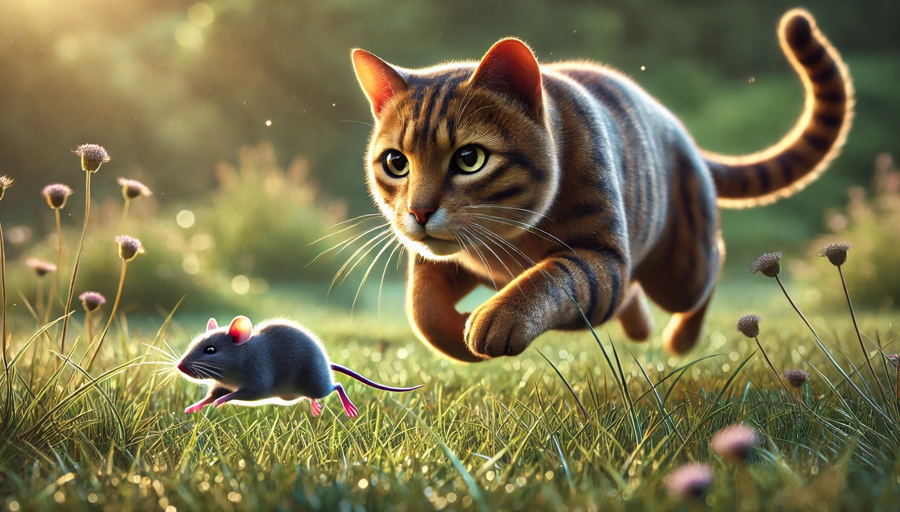
How Long Will a Mouse Hide From a Cat?
Cats are natural hunters, and their sharp instincts make them the appropriate deterrent for rodent infestations. But how lengthy will a mouse control to live hidden from a determined tom cat?
Table of Contents
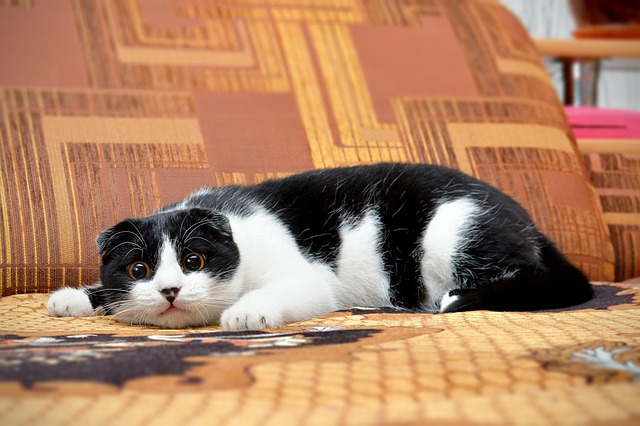
Understanding this dynamic sheds mild on mouse conduct and enables house owners cope with rodent problems more successfully. This guide dives into the reasons mice cover from cats, factors affecting their survival time, and guidelines to spot and save you those elusive pests from taking on your private home.
Why Do Mice Hide From Cats?
Mice are evidently programmed to fear predators, and few predators are as powerful at looking small mammals as cats. The mere presence of a cat in a household can create a traumatic surroundings for a mouse. Let’s discover the primary motives mice feel compelled to hide while a cat is present.
First and major, the survival instinct kicks in. Mice have developed over thousands of years to be surprisingly touchy to the presence of threats. Cats, with their sharp senses and quick reflexes, gift a clean chance. Mice pick out up at the heady scent of cats, which triggers their fight-or-flight response — although “flight” is some distance extra commonplace.
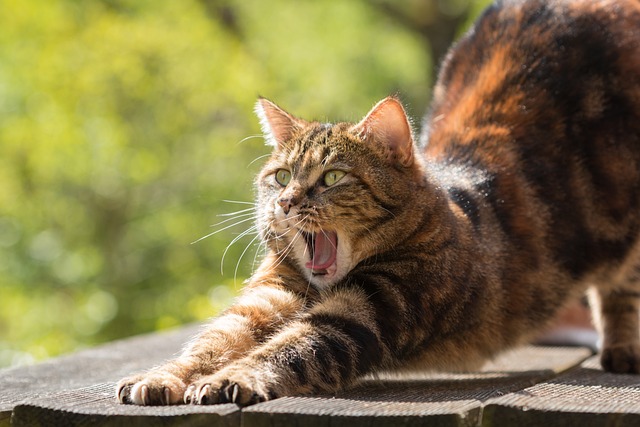
Moreover, cats are relentless hunters. Even a properly-fed home cat will frequently stalk and pounce on a mouse for sport. This unpredictable behavior maintains mice in a nation of heightened vigilance, constantly looking for safe safe haven.
In essence, mice conceal no longer simplest to keep away from seize however to lessen stress and preserve electricity. By expertise why they behave this manner, homeowners can higher predict their moves and efficiently outwit them.
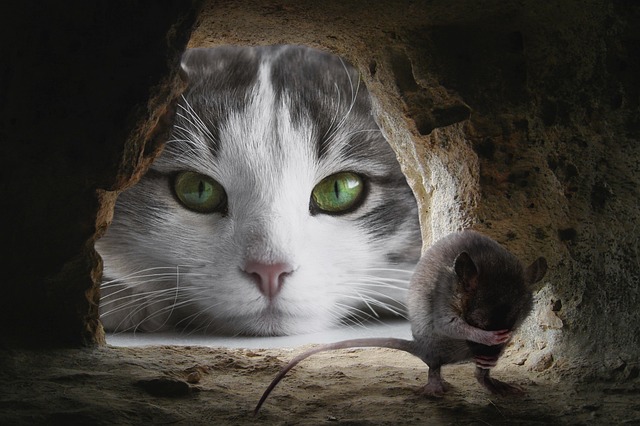
Factors That Influence How Long a Mouse Can Hide
Mice are professional at navigating environments and locating the smallest nooks and crannies to cover in. Several factors impact how long a mouse can effectively stay away from detection by a cat.
Size and Layout of the Home
The physical structure of your own home performs a substantial role in how lengthy a mouse can stay hidden. Homes with multiple floors, crawl areas, and lots of litter offer adequate hiding spots for mice.
In open, minimalist areas, a mouse may additionally war to find stable shelter. However, in environments filled with furnishings, piles of garb, or pantry clutter, the percentages are in the mouse’s favor. Basements, attics, and walls are top actual estate for a hiding mouse.
Additionally, the age of the house may be a contributing element. Older homes regularly have greater entry points, gaps in baseboards, and structural weaknesses that provide mice with lots of get away routes.
Homeowners ought to check out their living areas for ability hiding spots and seal any gaps to lessen the chances of a mouse last undetected.
Cat’s Hunting Skills
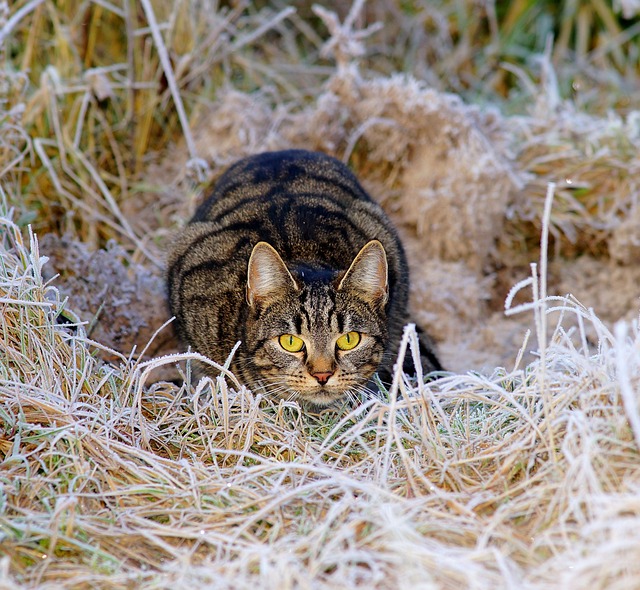
Not all cats are created equal when it comes to hunting prowess. Some pussycats are herbal-born hunters, while others may additionally have little interest in chasing down a mouse.
Outdoor cats, as an example, have a tendency to be more skilled hunters than their indoor-simplest counterparts. This is due to the fact out of doors cats have honed their skills within the wild, in which catching prey is important for survival.
On the opposite hand, older or lazier cats may be much less willing to hunt, allowing a mouse to hide longer. Breed additionally performs a function; certain breeds, which includes Maine Coons and Bengals, are regarded for his or her sturdy looking instincts.
In general, a cat with a sturdy searching pressure and sharp reflexes will make it a good deal more difficult for a mouse to remain hidden for an prolonged duration.
How Do Mice Avoid Cats?
Mice have developed ingenious strategies to evade detection with the aid of cats. Their survival strategies contain taking advantage in their small size, herbal instincts, and nocturnal dispositions.
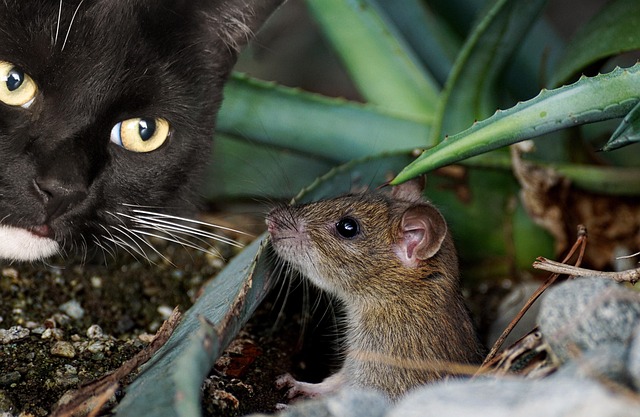
Use of Hiding Spots
One of the handiest ways mice keep away from cats is via exploiting hiding spots that cats cannot get right of entry to. These include slim cracks in partitions, underneath heavy appliances, and inner furnishings.
Mice also are remarkable climbers, this means that they are able to discover refuge in excessive places like attic beams and cupboards. By navigating via these much less reachable regions, they can live one step ahead of a determined cat.
Additionally, mice are masters at constructing nests in hidden places. These nests offer a stable base from which they can forage for food without being effortlessly detected.
Homeowners can outsmart mice with the aid of figuring out these hiding spots and making them inaccessible. Blocking entry points and using deterrents can significantly lessen the mouse’s chances of staying hidden.
Nocturnal Behavior
Mice are mainly nocturnal creatures, which offers them a enormous gain over cats. While a few cats may additionally remain lively at night, many opt to rest.
This behavior permits mice to forage for food and navigate their surroundings with less danger of being stuck. Mice rely upon their keen feel of odor and listening to to come across threats, even inside the dark.
However, some cats are night hunters, and their proprietors may additionally observe multiplied looking interest throughout the night time hours. In this situation, the mouse’s nocturnal benefit won’t be as effective.

Understanding the nocturnal conduct of mice can assist house owners time their pest manipulate efforts greater strategically.
Signs a Mouse Is Still in Your Home
Droppings: One of the maximum apparent signs and symptoms is the presence of mouse droppings, which might be small, darkish, and pellet-shaped.
Gnaw Marks: Mice have robust tooth and could bite thru wooden, plastic, or even wires.
Scratching Noises: If you hear scratching or scurrying inside the walls or ceiling, it could be a sign of mouse activity.
Nests: Mice construct nests from shredded substances like paper and material.
Foul Odor: A distinct musky scent is regularly related to a mouse infestation.
Preventing Mice From Hiding within the First Place
Seal Entry Points: Inspect your private home for gaps and cracks and seal them with steel wool or caulk.
Eliminate Clutter: Keep your residing space tidy to lessen hiding spots.
Store Food Properly: Use hermetic boxes to save meals and easy up spills without delay.
Use Deterrents: Place natural deterrents like peppermint oil in trouble regions.
Adopt a Hunting Cat: A cat with strong hunting instincts can assist hold mice at bay.
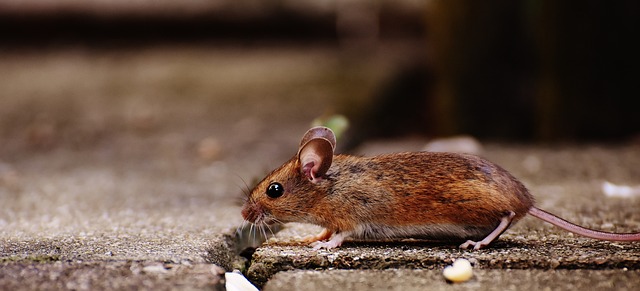
FAQs
How lengthy can a mouse stay in a house with a cat?
A mouse can live in a house with a cat for weeks or even months if it has get right of entry to to meals and secure hiding spots.
Do all cats trap mice?
No, some cats are higher hunters than others, depending on their breed, age, and temperament.
Can a mouse break out a cat once stuck?
It’s rare however possible. Mice are agile and can slip far from a cat if no longer firmly caught.
What attracts mice to a residence with cats?
Food and shelter are the primary sights. Mice might also take the danger if the surroundings gives abundant sources.
How do I understand if my cat stuck a mouse?
Signs encompass locating the mouse itself, noticing a alternate for your cat’s conduct, or seeing fur or blood strains.
Conclusion
In the age-vintage recreation of cat and mouse, mice have validated to be resilient and innovative creatures. Their potential to hide, adapt, and outwit even the maximum skilled tom cat hunters is dazzling.
However, by way of knowledge their behavior and taking preventive measures, house owners can regain manipulate of their residing spaces. Whether you depend upon a decided cat or realistic pest control methods, staying vigilant is key to keeping your property mouse-unfastened.

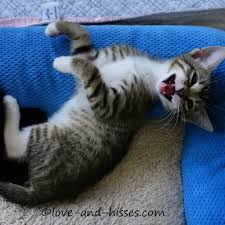

Your blog has really piqued my interest on this topic. Feel free to drop by my website Webemail24 about Cryptocurrency.
glove
glove
glove
glove
glove
glove
glove
glove
glove
glove
glove
glove
glove
glove
glove
glove
glove
glove
glove
glove
glove
glove
glove
glove
glove
glove
glove
glove
glove
glove
glove
glove
glove
glove
glove
glove
glove
glove
glove
glove
glove
glove
glove
glove
glove
glove
glove
glove
glove
glove
glove
glove
glove
glove
glove
glove
glove
glove
glove
glove
glove
glove
glove
glove
glove
glove
glove
glove
glove
glove
glove
glove
glove
glove
glove
glove
glove
glove
glove
glove
glove
glove
glove
glove
glove
glove
glove
glove
glove
glove
glove
glove
glove
glove
glove
glove
glove
glove
glove
glove
glove
glove
glove
glove
glove
glove
glove
glove
glove
glove
glove
glove
glove
glove
glove
glove
glove
glove
glove
glove
glove
glove
glove
glove
glove
xcm
xcm
xcm
xcm
xcm
xcm
xcm
xcm
xcm
xcm
xcm
xcm
xcm
xcm
xcm
xcm
xcm
xcm
xcm
xcm
xcm
xcm
xcm
xcm
xcm
xcm
xcm
xcm
xcm
xcm
xcm
xcm
xcm
xcm
xcm
xcm
xcm
xcm
xcm
xcm
xcm
xcm
xcm
xcm
xcm
xcm
xcm
xcm
xcm
xcm
xcm
xcm
xcm
xcm
xcm
xcm
xcm
xcm
xcm
xcm
xcm
xcm
xcm
xcm
xcm
xcm
xcm
xcm
xcm
xcm
xcm
xcm
xcm
xcm
xcm
xcm
xcm
xcm
xcm
xcm
xcm
xcm
xcm
xcm
xcm
xcm
xcm
xcm
xcm
xcm
xcm
xcm
xcm
xcm
xcm
xcm
xcm
xcm
xcm
xcm
xcm
xcm
xcm
xcm
xcm
xcm
xcm
xcm
xcm
xcm
xcm
xcm
xcm
xcm
xcm
xcm
xcm
xcm
xcm
xcm
xcm
xcm
xcm
xcm
xcm
xcm
xcm
xcm
xcm
xcm
xcm
xcm
xcm
xcm
xcm
xcm
xcm
xcm
xcm
xcm
xcm
xcm
xcm
xcm
xcm
xcm
xcm
xcm
xcm
xcm
xcm
xcm
xcm
xcm
xcm
xcm
xcm
xcm
xcm
xcm
xcm
xcm
xcm
xcm
xcm
xcm
xcm
xcm
xcm
xcm
xcm
xcm
xcm
xcm
xcm
xcm
xcm
xcm
xcm
xcm
xcm
xcm
xcm
xcm
xcm
xcm
xcm
xcm
xcm
xcm
xcm
xcm
xcm
xcm
xcm
xcm
xcm
xcm
xcm
xcm
xcm
xcm
xcm
xcm
xcm
xcm
xcm
xcm
xcm
xcm
xcm
xcm
xcm
xcm
xcm
xcm
xcm
xcm
xcm
xcm
xcm
xcm
xcm
xcm
xcm
xcm
xcm
xcm
xcm
xcm
xcm
xcm
xcm
xcm
xcm